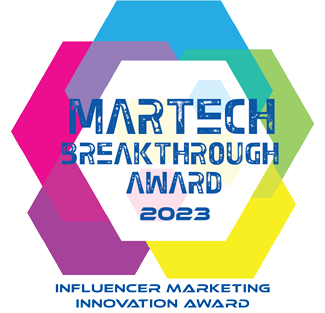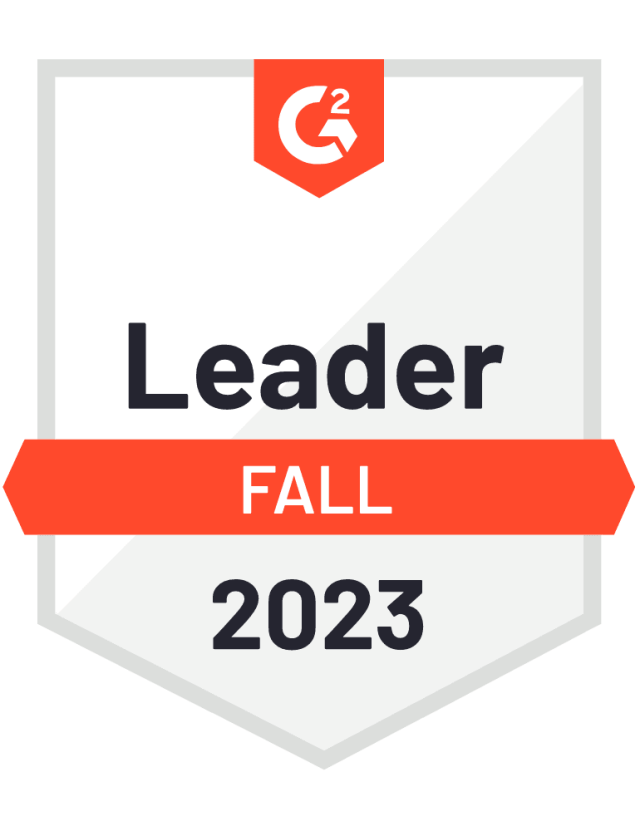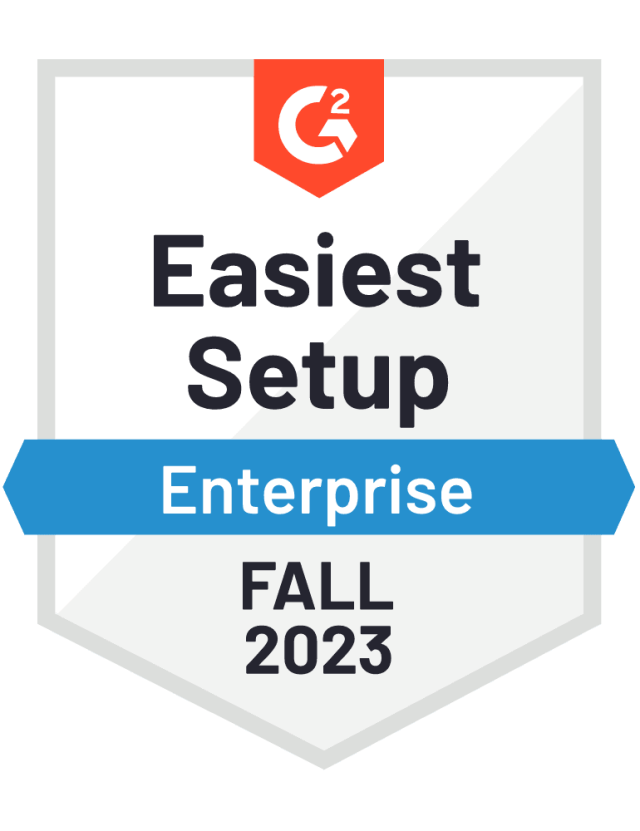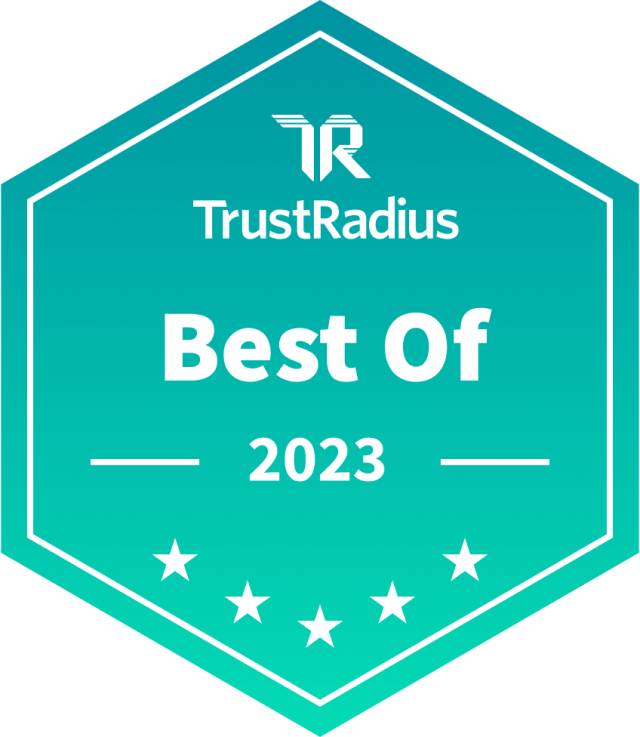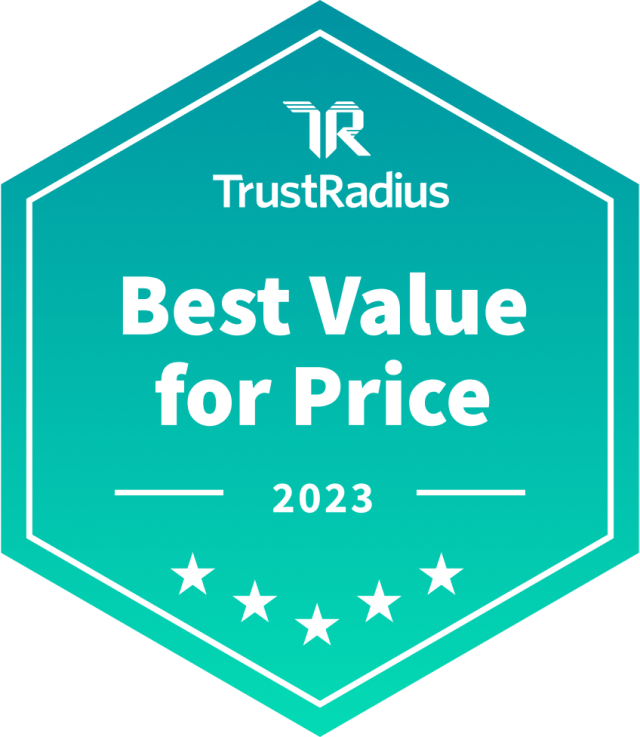Customer care leaders, are you tracking these 14 contact center KPIs? The metrics below are important to measure your team’s effectiveness and highlight potential areas for improvement:
Let’s take a closer look at each of these core contact center KPIs.
Essential Contact Center KPIs
The essential KPIs for your contact center focus on operational metrics, and measure the speed and accuracy with which your team handles the most fundamental part of their jobs: resolving issues for customers.
Average Response Times by Channel
How quickly are you responding to customers across the different channels where they want to interact with you? Here are some benchmarks to use for response time goals across popular communication channels:
Email: 1 hour
Twitter: 15 minutes
Facebook: 1 hour
SMS: 40 seconds
Live Chat: 48 seconds
Phone Call (Time to Answer): 20 seconds
Read more about contact center industry standards and benchmarks.
Average Abandon Rates
What percentage of customers abandon their contact attempts?
This metric includes all interactions that customers might abandon, such as social media conversations, phone calls, live chat, and email. A high contact abandonment rate could mean your current service organization is not equipped to deliver quick, effective service. According to HDI, the industry-standard average abandon rate ranges from 4-7%.
First Contact Resolution Rate (FCR)
What percentage of cases is your team resolving during the first interaction?
Make sure you’re tracking the number of interactions in each case to determine the number of one-touch resolutions. The industry standard for FCR is 70-75%.
First contact resolution should be measured across multiple service channels, including phone, chat, or social media, to determine which is most effective at helping customers resolve issues in a single interaction. This can also tell you what kinds of questions or concerns your customers are bringing up most frequently – are they complex questions that require multiple interactions? Are they asking these more complex questions around a particular product or service area? By pinpointing the cases that aren’t resolved in a single touch, you’ll be able to better focus your efforts on these areas.
Average Handle Time (AHT)
On average, how long does it take to resolve a case from start to finish?
Although AHT can vary widely by industry, a popular AHT benchmark is 6 minutes. And Forrester reports that AHT has risen 11% across all industries in recent years, possibly as a result of talent challenges as well as the “automation paradox” – with more resolutions being handled by automation and chatbots, agents are left with more complex cases.
While average handle time is one of the more popular contact center KPIs, it’s important to pair it with a quality measure like FCR to ensure the quality of interactions isn’t suffering because agents are driven to close cases fast, regardless of resolution.
When analyzing AHT, make sure you look at the total average duration of a single interaction, including hold time, talk time, follow-up, and related tasks as well as the overall duration. Consistently long AHTs might indicate areas where your team is lagging, or highlight which products or kinds of queries are slowing down the process. AHT can also help you plan and forecast for future hiring needs when compared to average call volume.
Average After-Call Work Time
On average, how long does it take to wrap up a case after the customer has disconnected?
This metric is a subset of AHT. And even though the KPI has "call" in its name, this could pertain to any type of live customer interaction, from SMS to text chat to two-way video. Call Centre Helper Magazine reports an industry average after-call work time of 5-60 seconds.
After-call work time presents a prime opportunity to shave precious seconds off your overall AHT. Using smart contact center software and automation, ensure each case is pre-populated with the information your system already knows about the customer. Offer proactive guidance and speed up data capture as the agent works the case, reducing the amount of time they have to spend after the interaction is concluded.
Agent Turnover Rate
What percentage of call center agents leave each year?
As reported by DailyPay found contact center agent turnover ranges from 17-44%, and that smaller contact centers tend to have lower turnover while larger ones tend to have higher turnover. The average tenure for an agent is three years.
In a tight labor market, and with agents increasingly tasked with the more complex cases, many contact center leaders are putting agent engagement and retention at the top of their to-do list. Forrester estimates companies will spend $8 billion more on contact center agents in 2020. This investment will include salary increases, cultural improvement efforts, training, and agent desktop tools.
Escalation Rate
What percentage of cases are escalated?
This metric could represent the proportion of cases escalated from self-service to a live agent, as well as cases escalated between different tiers of agents and managers. You could further break this KPI down by region, product, or business unit, for a more in-depth comparison.
More agent-to-manager or cross-tier escalations may indicate expertise or confidence issues with the service agents, particularly among those agents with the highest rates. A high escalation rate from self-service to live agents could mean current self-service options are not effectively answering customer questions.
Contact Peak Times
When do you expect contact volume to peak?
The time frame could be the day, week, month, and/or year. This contact center KPI is especially helpful for forecasting and staffing – especially if contact volume is subject to seasonal spikes.
Having a good understanding of contact peak times can also alert you to abnormal patterns. For example, if you’re experiencing a massive uptick in contact volume when you’re not expecting it, there could be a brand crisis brewing. Contact center software with threshold alerts and sentiment tracking can help you get ahead of any potential disasters.
Case Data Accuracy
What percentage of cases are coded accurately?
This quality assurance metric may not seem as important as the others, but with more and more companies looking to their customer-facing teams for data and insights, data accuracy has never mattered more. Traditional approaches to case data QA can usually assess and correct fewer than 5% of cases, while an automated QA approach can process 100% of cases and identify errors based on patterns in how those types of cases are typically coded. Not only can this machine learning-driven tool yield more accurate data, but it can also pinpoint areas where agents may be confused about how to log case data.
Key Customer Experience Metrics
Beyond operational contact center KPIs, there are additional ways to measure how you’re doing from a customer service and overall experience perspective:
Net Promoter Score (NPS)
A Net Promoter Score survey is a quantitative assessment of customer loyalty and overall satisfaction, measured by asking customers to respond (using a scale of 1 to 10) to the question, “How likely is it that you would recommend [Organization X] to a friend or colleague?” NPS surveys are thought to provide accurate results because customers have an easier time identifying intention than emotion (e.g., “How satisfied are you?”). Also, because they are standardized, you can compare your company against industry benchmarks.
Customer Satisfaction (CSAT)
CSAT score surveys are also quantitative, asking customers to rate their level of satisfaction with a product, service, experience, or company. Like NPS, CSAT score surveys only ask one question, but they don’t use a standardized scale and they’re directed at sentiment. One survey may ask customers to rate a service as "amazing, fine, not satisfactory, or terrible," while another just offers happy, neutral, and sad emoji faces. Within customer interactions, simpler is usually better to ensure a strong response rate.
Customer Retention Rate
Your retention rate can have a big impact on your company’s bottom line: It costs six to seven times more to attract a new customer than to keep an existing one. This metric can also give you a quick but accurate picture of whether your customers are satisfied with the service experience you’re providing. Accenture found that more than 80% of consumers who switched brands would have stayed if the company had taken steps to address their dissatisfaction, and 60% have stopped doing business with a brand due to a poor customer service experience. Understanding your customer retention and taking definitive steps to improve it can make a huge difference to your bottom line.
Customer Lifetime Value (LTV)
This metric predicts what your company will earn from an individual over their “lifetime” as your customer. LTV is based on purchasing patterns and the typical length of time a customer remains engaged with your brand. This metric helps you prioritize your marketing and proactive communication efforts, and strengthens the case for ongoing investment in CX.
Customer Effort Score (CES)
To calculate your customer effort score, follow up on resolved cases with a survey asking customers how much effort they feel they expended to resolve their problem, on a scale of 1-5. A lower score means the customer feels they had to put very little to no effort into resolving their problem, while a 5 indicates they felt they had to put a lot of effort in on their own. Companies with the strongest CX strive for effortless interactions, so a lower CES is the goal.
In addition to tracking these contact center KPIs and customer experience metrics, consider how you share these measurements with the rest of your organization.
Can you use this set of metrics to strengthen your case for additional CX investment? How about to deliver quantitative feedback regarding products, e-commerce, or the mobile app? Or maybe to call attention to shifting trends in your customer base?
Metrics can be powerful, but only if they are tracked in the first place and then put to good use. To learn more about how Emplifi can help you improve your contact center KPIs and deliver valuable insights back to your business, schedule a demo of our unified CX platform today.
Editor's Note: This article was originally published on astutesolutions.com. Any statistics or statements included in this article were current at the time of original publication.








